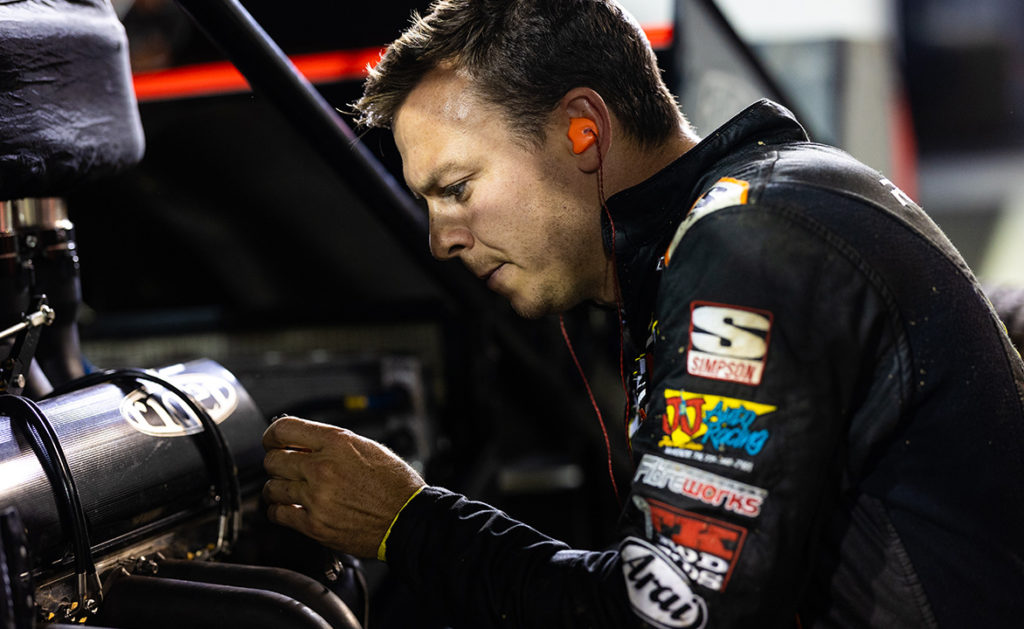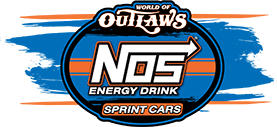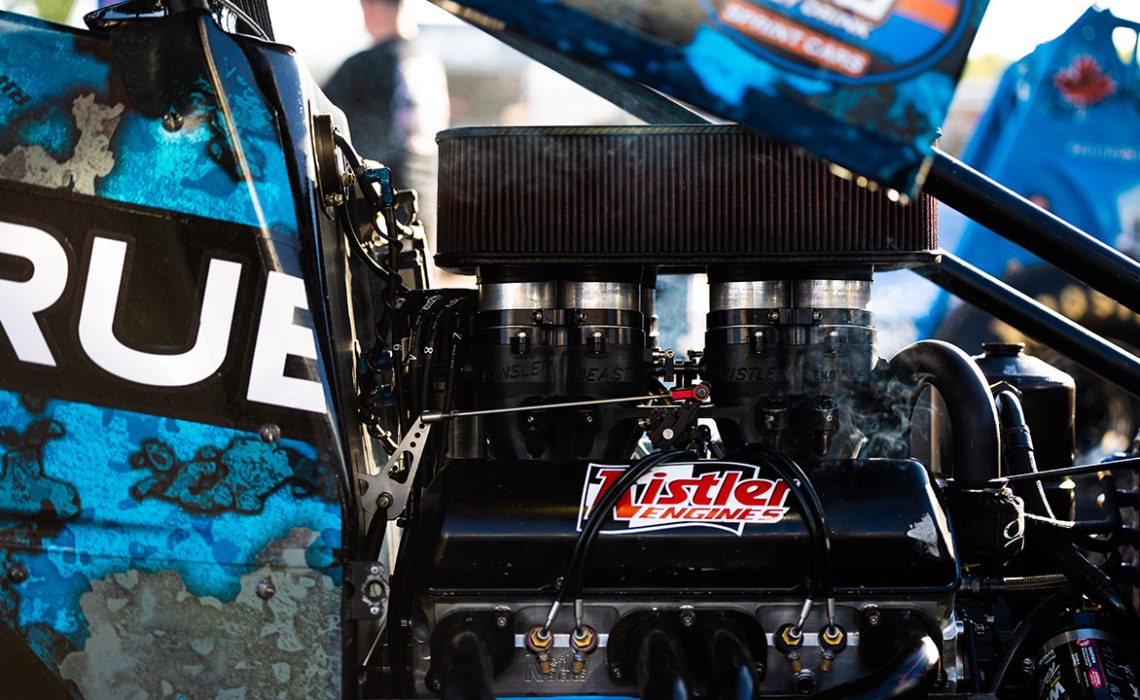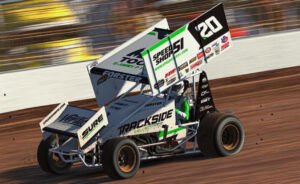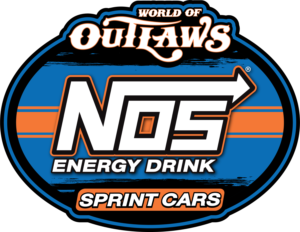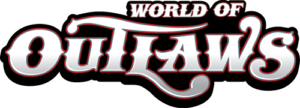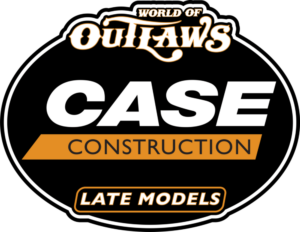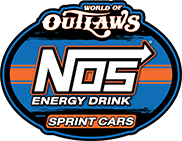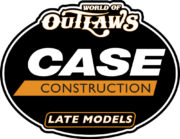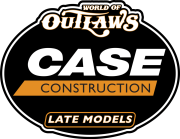April 10 has become “National Sprint Car Day” – or “410 Day.”
While most know “410” refers to the 900hp engine used in World of Outlaws NOS Energy Drink Sprint Car competition, among others, some still have questions.
Tom Devitt, who spent 10 years as the Series’ technical director – working with teams and engine builders – and is currently the competition and fleet director, answered those questions to help you learn everything you need to know about the 410 engine.
For new fans, explain why it’s a “410” engine.
DEVITT: It is the cubic inch of the engine. The legal cubic inch of the engine in 410 cubic inches.
Why does the World of Outlaws only use the 410 engine?
The answer was before Devitt’s time with the World of Outlaws but can be found in the story “UNIFICATION DAY: 4-10” by James McMahen:
In 1984, in an attempt to level the playing field and rein in costs, Ted Johnson — founder of the World of Outlaws — implemented a maximum cubic inch rule for the upcoming 1985 season. The rule was mostly adopted by track owners and promoters around the country. Word of the coming rule had been circulating in racing circles for a couple of years as the powers that be tried to ease the impact of the transition.
For years, the 410 engine has been built off the platform of a Chevrolet small block. What’s the reason for that?
DEVITT: The small block Chevy was one of the best engines for its time, the way it was developed. They were readily available and easy to come by. So, everyone was kind of stuck with that. Over the years, Fords have been sprinkled in and there were Dodges for a while, and now we have the Fords back and a Toyota engine.
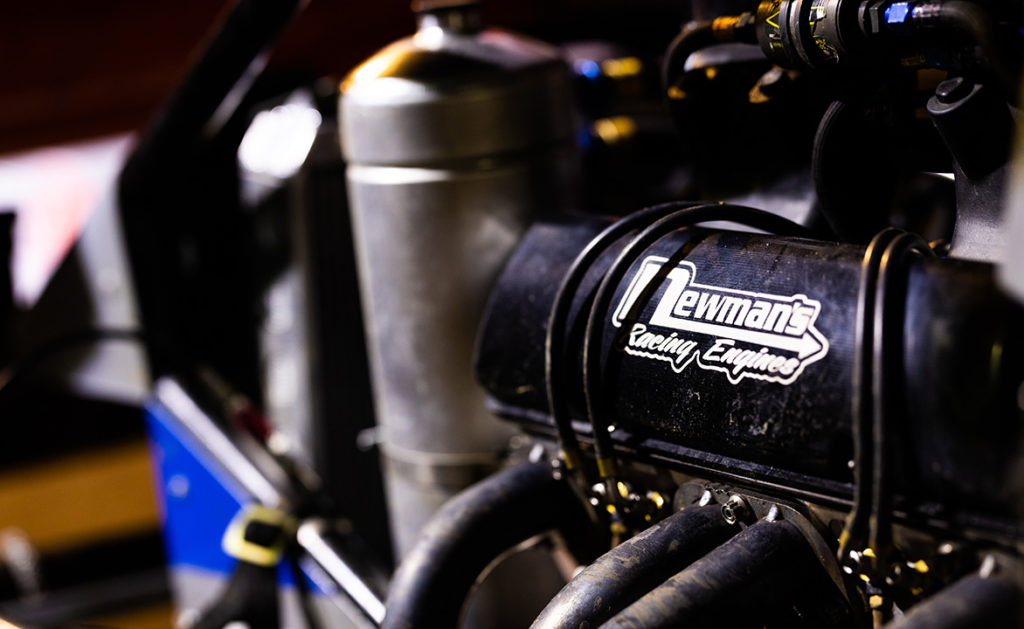
Engine builders have said the 410 is a “unique beast of its own.” What makes it that way?
DEVITT: I think just the years of running that same engine and years of technology that have gone into it. It is still the basic same small block Chevy design from the ‘50s. And, when Ford and Toyota wanted to come and join us, Ford, didn’t have to, but Toyota had to start from scratch because both of them wanted to use their NASCAR hand-me-downs and that doesn’t fit into our box of the 410 engine.
They had to start from scratch, Toyota did, with a clean sheet of paper. Ford had other options with their small block that fit into the box.
But probably the most unique thing about the engine that keeps the competition as equal as possible is the cylinder head design and inline valve design of the small block Chevy. That is one of the hold backs that keeps the engine from making more power than it is making right now.
What factor does weather play with the engine?
DEVITT: With a Sprint Car engine running on methanol, it is pretty forgivable. We run so much fuel in the engines. With methanol, you run almost double the amount of fuel you would with gasoline. But I like to explain that to people like… if you have a cubic foot of air, a box of air, and all the air molecules are inside of there, the more air molecules make power. So, when it is colder, those air molecules are more compact, so there are more of those air molecules in that box of air. So, more air going into the engine means you have to have more fuel. Create more power.
When it gets hot, those air molecules expand and you have less air in that box, so you have to take fuel away from it. Also, humidity displaces air too. So, you have to throw that into the mix as well. And you will see teams at the racetracks with their little weather stations. They are looking for a number, which is called the Density Altitude and that gives you an altitude relative to sea level to base your tuning of the engine off of.
We watch that really closely, in particular, at Williams Grove (Speedway) during the National Open, because the weather is really cool, and we’ll see a density altitude that will sometimes go below the sea level. And sometimes, when we’re there, we’ll run a 40-lap race for the National Open and we can only handle 15 laps of yellow before we have to go to a fuel stop because it is so cool, and cars are using more fuel.
And, if you don’t run enough fuel, the engine starts running lean and you start burning pistons.
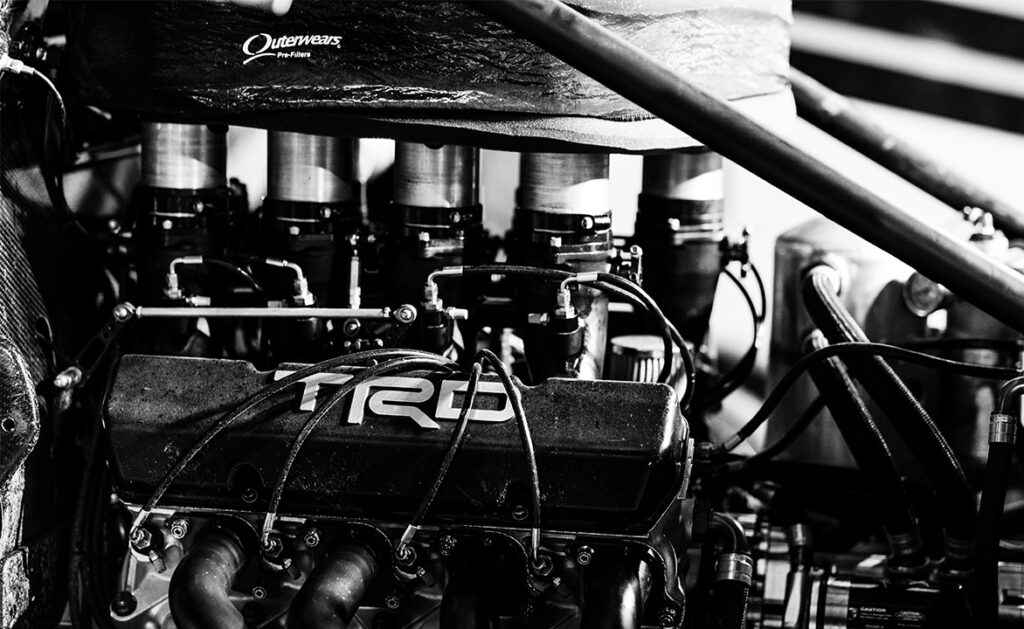
A common question from people who are new to the sport is, why are there no starters on these cars?
DEVITT: Well, tradition is part of that. They have tried it in Midgets and Silver Crown cars. And, when you add a starter, now you also have to add a clutch, and there isn’t enough room in there for it. You have a clutch, now you have a flywheel, you have a bellhousing to protect everything, and you just run out of room. And all of that has to go between the driver’s legs as well (which already has limited space).
That’s just the way Sprint Cars were made when IndyCars first came out when they ran Indianapolis many, many, many, many, years ago. In the ‘10s and ‘20s, all those cars were pushed. That tradition has just kind of stuck with it. And you look at IndyCars today, too. They don’t have onboard starters. They have external starters on them.
What’s one of the most challenging thing for teams and builders to get right with the 410 engine?
DEVITT: If you have a young crew chief who doesn’t have a lot of experience, I think, you know, being able to read the spark plug and know what the engine is telling you as far as how much fuel that you want. That’s one of the ways out in the field guys are able to learn about the engine itself. Then, the weather stations, once they get their notebook going, the weather stations will pretty much determine that for them. You start keeping notebooks so when the weather is like this, you know I need to run this. They’ll either richen or lean the fuel mixture.
In your time inspecting the engines, is there anything unique you’ve seen someone try to do with the engine?
DEVITT: Not recently. The engine is pretty well, it is what it is. Probably the most interesting thing, and it’s not illegal or anything, but the dry pump oil system in these engines, Paul Kistler, is developing a new style of internal oil pump. I’ve only seen it on a couple of engines. He’s still working on it. But it is quite a new concept to give you more room inside the engine compartment because the dry sump pump, right now, mounts on the front of the engine, only about an inch and a half away from the radiator. So, if you have a significant crash, the oil pump goes right through the radiator.
So, he’s developed this thing, and it’s really interesting, he came up with it a couple years ago, but it is all gear driven on the front of the engine.
To watch the iconic engines in action with the World of Outlaws, get tickets for upcoming events HERE.
If you can’t make it to the tracks, you can watch every World of Outlaws NOS Energy Drink Sprint Car Series race live on DIRTVision.
